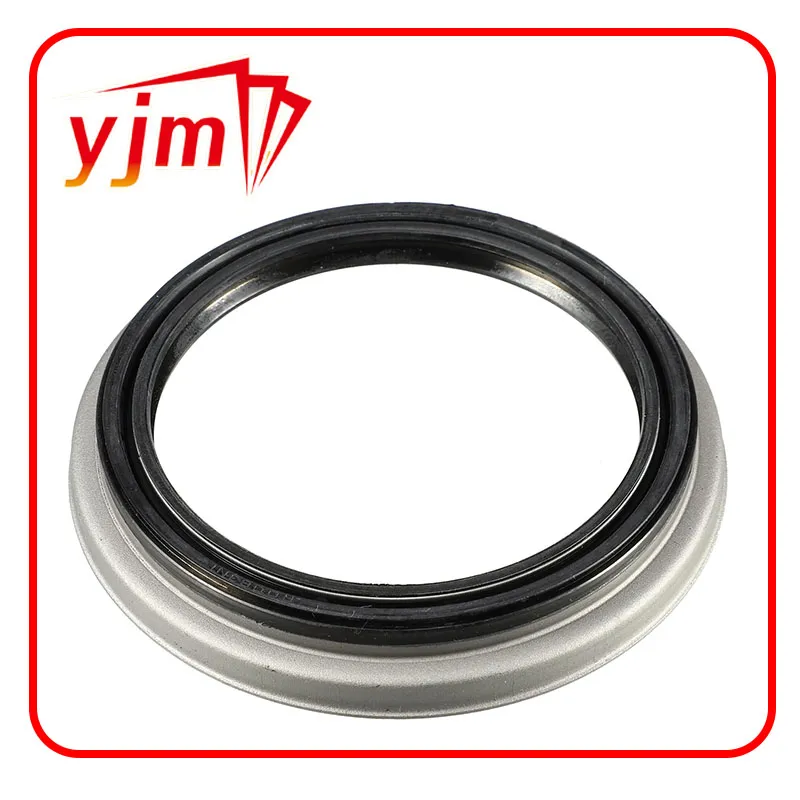o ring cord
Understanding O-Ring Cord Features, Benefits, and Applications
O-ring cords, commonly referred to as O-ring materials, are essential components in various industrial applications. They are typically made from elastomeric materials that can be molded into circular shapes to form seals or gaskets. The use of O-ring cords has expanded significantly across industries due to their versatility and effectiveness in preventing leaks, ensuring airtight seals, and providing cushioning solutions.
Features of O-Ring Cord
One of the primary features of O-ring cords is their resilience. These cords are manufactured from materials such as rubber, silicone, and other synthetic elastomers, providing flexibility and durability under varying conditions. O-ring cords are available in different sizes, cross-sectional shapes, and materials, allowing engineers to customize solutions that meet specific operational requirements.
Another feature is their ease of installation. O-ring cords can be cut to length and joined to form a continuous loop, making them a practical choice for both standard and custom sealing applications. Because they can be produced in long lengths, O-ring cords allow for greater efficiency in manufacturing processes, minimizing waste and reducing costs.
Benefits of O-Ring Cord
The benefits of using O-ring cords in industrial applications are numerous. First and foremost, their effectiveness in creating seals makes them essential in preventing leakage of fluids and gases. This makes them indispensable in industries such as automotive, aerospace, and manufacturing, where maintaining pressure and avoiding contamination is crucial.
o ring cord

Additionally, O-ring cords offer excellent chemical resistance, particularly when made from specialty materials. This property ensures that they can withstand harsh environments, making them suitable for applications involving aggressive chemicals or extreme temperatures. With the proper selection, businesses can achieve reliable performance in even the most challenging conditions.
Cost-effectiveness is another important advantage. O-ring cords are often more affordable than pre-formed O-rings, particularly when dealing with large sealing surfaces or custom applications. Their flexibility allows for quick adjustments in sizes and shapes without incurring significant costs associated with designing and producing new molds or parts.
Applications of O-Ring Cord
O-ring cords find applications in a wide range of fields. In the automotive industry, they are used in engine systems, fuel lines, and hydraulic systems to ensure secure seals that can withstand vibrations and temperature variations. In the aerospace sector, O-ring cords are critical for maintaining the integrity of aircraft systems, where failure could have catastrophic consequences.
The manufacturing sector also heavily relies on O-ring cords in various machinery and equipment to prevent leaks and maintain operational efficiency. Additionally, many household products, from kitchen appliances to plumbing fixtures, often incorporate O-ring cords due to their reliability and ease of maintenance.
Conclusion
In summary, O-ring cords are fundamental components that contribute to the efficiency and safety of countless applications across various industries. Their impressive features, coupled with numerous benefits, make them an invaluable solution for sealing and cushioning needs. As industries continue to evolve and demand more specialized solutions, the significance of O-ring cords will undoubtedly increase, solidifying their place in the future of engineering and manufacturing. With ongoing advancements in material technology, the potential uses for O-ring cords are only expected to expand, offering new possibilities for durability and performance.
-
Understanding the Front Main Engine Seal: Purpose, Maintenance, and Installation
News Jul.29,2025
-
Understanding O-Rings and Seal Rings: Types, Applications, and Custom Solutions
News Jul.29,2025
-
Understanding Crankshaft Oil Seals: Rear Seals, Pulley Seals, and Their Role in Engine Integrity
News Jul.29,2025
-
The Importance of Front and Rear Crankshaft Seals in Engine Performance and Oil Management
News Jul.29,2025
-
Crank Oil Seals: Functions, Types, and Cost Considerations in Engine Maintenance
News Jul.29,2025
-
A Comprehensive Guide to O-Rings and Seals: Types, Materials, and Global Applications
News Jul.29,2025
-
Mastering Diesel and Performance Engine Maintenance: A Guide to Critical Oil Gaskets
News Jul.28,2025
Products categories















